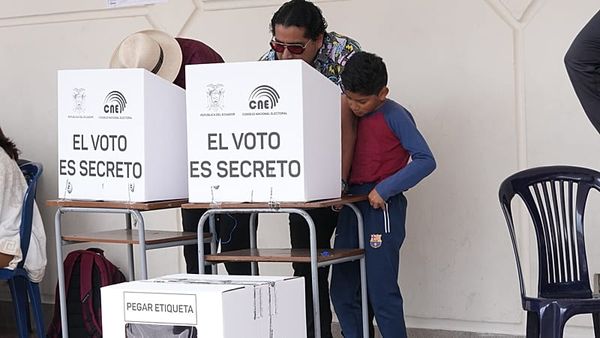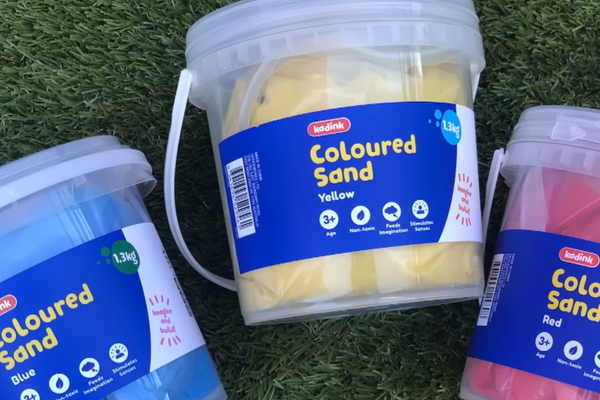The weather's finally hotting up, so you reach for the sunscreen – but which one do you need, and how much of it should you actually be using?
It seems most of us Brits just aren't sure at all, with the NHS saying the vast majority don't apply enough. It’s perhaps easiest to break the amount of sun cream needed into teaspoons, which are simple to visualise.
The NHS recommends a single teaspoon for the face and neck, while for the body use around seven teaspoons - which is a bare minimum, so don't be afraid to add more. This works out to roughly more than half a teaspoon of sunscreen for each arm, and around one teaspoon to each leg, front of body and back of body.
This should be re-applied every two hours if exposed to the sun. It is widely agreed that SPF (sun protection factor) 30 broad spectrum sun cream is a sensible choice, as it offers high protection against both UVA and UVB rays.
Want to get the latest health news direct to your inbox? Sign up for the Mirror Health newsletter HERE

How should I apply sun cream properly?
While the above quantities are easy to remember, it's wise to always err on the side of applying too much. Make sure you slap it on thickly and evenly and reapply regularly throughout the day. This especially applies to products claiming to be ‘water resistant’ and/or ‘once a day’.
How often should you reapply sun cream?
Under general use, i.e.: no excessive sweating or swimming, sun cream should protect you for around two hours. You definitely need to reapply it after towelling yourself dry after a swim or shower.
If you are sweating a lot or swimming, make sure to apply it every 40 or 80 minutes. Lastly, be aware of the cooling effect of water, which can make you feel you are not getting burned. Water also reflects UV rays, increasing your exposure.
What factor sunscreen (SPF) is best?
It is ALWAYS best not to rely on sunscreen alone to protect yourself from the sun's rays. You should wear suitable clothing and spend time in the shade when the sun's at its hottest, advises the NHS.
When shopping for sunscreen, make sure the label has:
- A sun protection factor (SPF) of at least 30 to protect against UVB
- At least 4-star UVA protection
UVA protection can also be indicated by the letters 'UVA' in a circle, which shows that the product meets the EU standard. Pay close attention to the sunscreen's expiry date and make sure you don't spend any longer in the sun than you would without sunscreen.
What exactly are the SPF and star rating?
The sun protection factor, or SPF, is a measure of the amount of ultraviolet B radiation (UVB) protection. explains the NHS.
SPFs are rated on a scale of 2 to 50+ based on the level of protection they offer, with 50+ offering the strongest form of UVB protection.
The star rating measures the amount of ultraviolet A radiation (UVA) protection. You should see a star rating of up to five stars on UK sunscreens. The higher the star rating, the better.
The letters 'UVA' inside a circle is a European marking. This means the UVA protection is at least a third of the SPF value and meets EU recommendations. Sunscreens that offer both UVA and UVB protection are sometimes called broad spectrum.







